Food markets aren’t just places to buy groceries—they’re the beating hearts of cities, where locals gather, cultures blend, and authentic flavors tell the story of a place. These bustling hubs capture the essence of their communities like nowhere else, serving as meeting points where tradition meets innovation and every bite carries decades of history.
From the fish-throwing vendors of Seattle to the spice-scented alleys of Cairo, certain markets become so intertwined with their cities that you can’t fully understand the city without experiencing the other. Here is a list of 18 food markets that truly define the character and soul of their cities.
Pike Place Market, Seattle

Pike Place Market practically invented the phrase ‘local food scene’ long before it became trendy. The fish vendors here don’t just sell salmon—they launch it through the air like edible footballs, creating a spectacle that draws millions of visitors while serving locals who’ve been shopping here for generations.
This waterfront institution has anchored downtown Seattle since 1907, which makes it as essential to the city’s identity as coffee and rain.
Borough Market, London
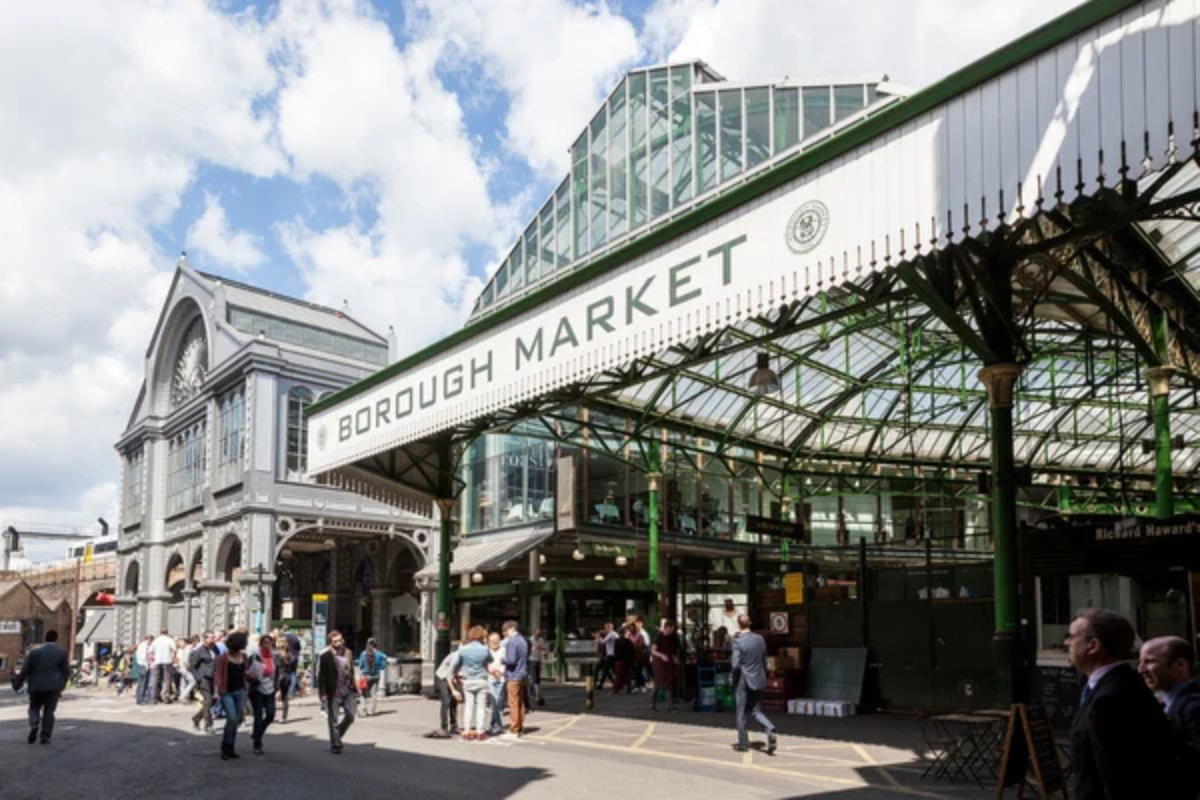
Borough Market transforms the area under London Bridge into something magical, where the aroma of artisanal cheeses mingles with fresh-baked bread and exotic spices. This thousand-year-old market survived the Great Fire, two world wars, and countless urban developments, proving that Londoners will fight for their food traditions.
Today’s gourmet stalls sit alongside century-old vendors, creating a perfect snapshot of how London blends its past with its cosmopolitan present.
Like Travel Pug’s content? Follow us on MSN.
Grand Central Market, Los Angeles

Grand Central Market captures LA’s incredible diversity in one downtown building, where Korean BBQ tacos sit next to traditional Mexican mole and trendy coffee shops. This 1917 market endured decades of urban decay and gentrification, adapting each time while maintaining its role as a hub where diverse communities intersect.
The mix of old-school Latino vendors and hip new food concepts perfectly represents LA’s ability to honor its roots, yet constantly reinvent itself.
Reading Terminal Market, Philadelphia
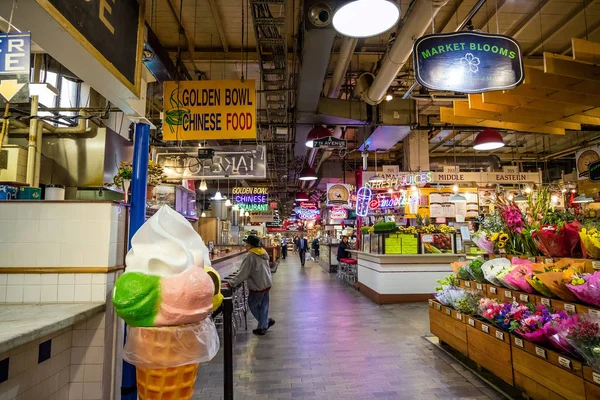
Reading Terminal Market feeds Philadelphia’s soul with cheesesteaks, soft pretzels, and Pennsylvania Dutch specialties that remind everyone why this city takes its food seriously. The Amish vendors bring fresh produce and baked goods from Lancaster County, creating a bridge between Philadelphia’s urban energy and Pennsylvania’s agricultural heartland.
This market doesn’t try to be trendy; it just delivers the honest, hearty flavors that define Philly’s no-nonsense approach to great food.
Chelsea Market, New York City
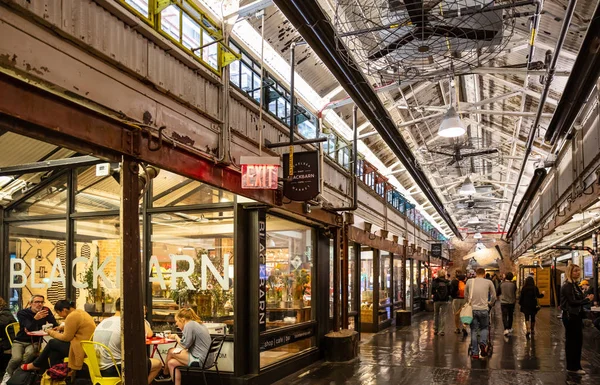
Chelsea Market transformed an old Nabisco factory into a food wonderland that perfectly captures New York’s talent for reimagining spaces and creating new traditions. The industrial architecture houses everything from lobster rolls to Korean kimchi, reflecting the city’s endless appetite for culinary innovation.
This market succeeds because it embraces New York’s essential truth: the best food comes from people who are passionate about what they do, regardless of where they come from.
Like Travel Pug’s content? Follow us on MSN.
Queen Victoria Market, Melbourne

Queen Victoria Market, or ‘Queen Vic’ to locals, serves as Melbourne’s outdoor living room where the city’s famous coffee culture meets its multicultural food scene. The weekend crowds browsing everything from fresh kangaroo meat to Vietnamese bánh mì create the kind of relaxed social atmosphere that defines Melbourne’s lifestyle.
This market captures the city’s unique ability to be both laid-back and sophisticated, offering world-class food in an environment where everyone feels welcome.
Chatuchak Weekend Market, Bangkok
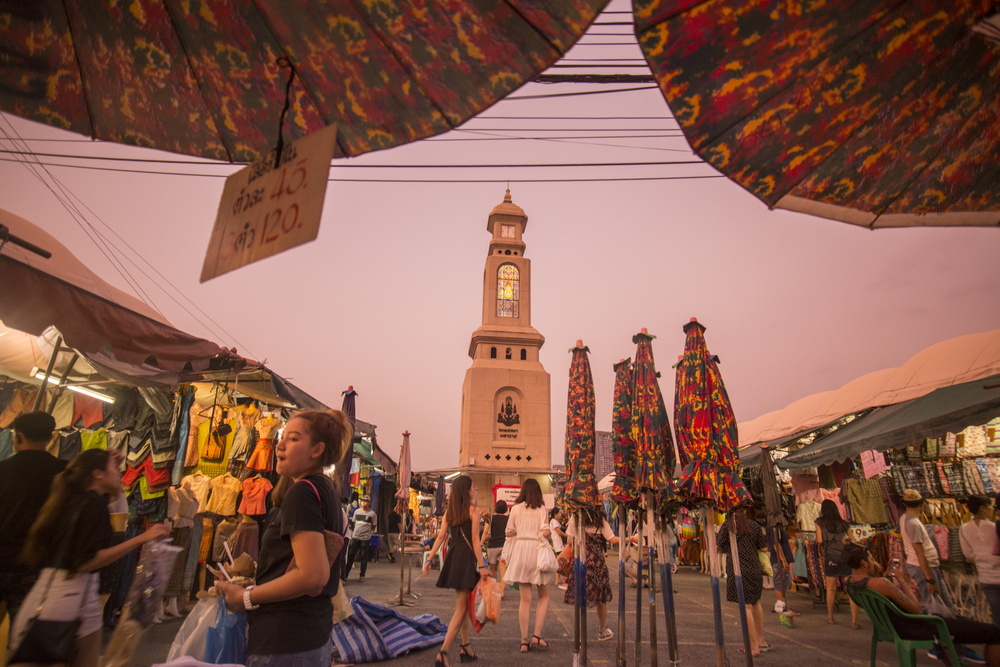
Chatuchak Weekend Market doesn’t just serve Bangkok—it practically feeds half of Thailand with its mind-boggling array of street food, fresh ingredients, and regional specialties. The market’s maze-like layout mirrors Bangkok itself, where getting lost often leads to the best discoveries, whether it’s perfectly grilled satay or a mango sticky rice that changes your life.
This market embodies Bangkok’s controlled chaos, where incredible flavors emerge from seemingly impossible circumstances.
Ferry Building Marketplace, San Francisco

The Ferry Building Marketplace transformed San Francisco’s relationship with local food, creating a destination where California’s agricultural bounty meets the city’s innovative spirit. The Saturday farmers market draws lines that stretch along the Embarcadero, proving that San Franciscans will wait for truly exceptional produce and artisanal products.
This market reflects the city’s values: sustainability, quality, and supporting local communities while creating something beautiful in the process.
Like Travel Pug’s content? Follow us on MSN.
Eastern Market, Detroit
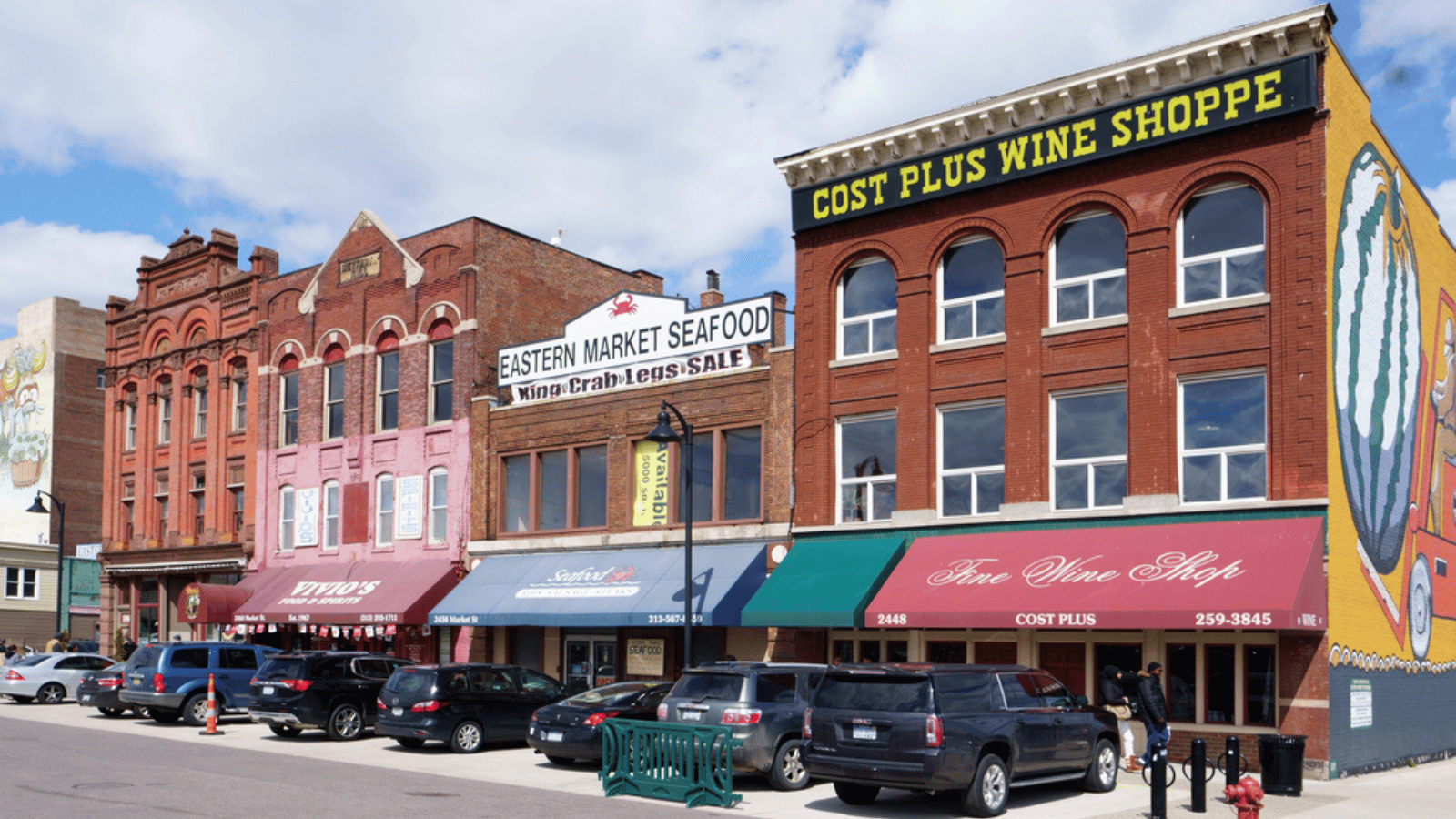
Eastern Market represents Detroit’s resilience and community spirit, continuing to serve the city through economic ups and downs while maintaining its role as a neighborhood anchor. The Saturday market brings together urban farmers, local producers, and families who’ve been shopping here for decades, creating connections that go far beyond commerce.
This market shows how Detroit rebuilds, not by abandoning its past, but by supporting the people and traditions that make the city strong.
Granville Island Public Market, Vancouver

Granville Island Public Market sits on a small peninsula that perfectly captures Vancouver’s relationship with water, mountains, and fresh Pacific ingredients. The market’s location creates stunning views while vendors sell everything from First Nations salmon to fresh British Columbia berries, showcasing the region’s natural abundance.
This market succeeds because it feels authentically Vancouver: relaxed, outdoorsy, and focused on quality ingredients that reflect the surrounding landscape.
Naschmarkt, Vienna

Naschmarkt stretches along the Wienzeile like Vienna’s edible timeline, where traditional Austrian vendors share space with Turkish spice merchants and Middle Eastern restaurants. The market’s Saturday flea market adds vintage treasures to the mix, creating the kind of cultural layering that defines Vienna’s approach to embracing change while honoring tradition.
This market captures Vienna’s essence, elegant, historic, and surprisingly cosmopolitan beneath its classical exterior.
Like Travel Pug’s content? Follow us on MSN.
Mahane Yehuda Market, Jerusalem

Mahane Yehuda Market, known as ‘The Shuk,’ serves as Jerusalem’s melting pot where Jewish, Arab, and international food traditions create something uniquely Jerusalem. The market transforms from a daytime food bazaar into a nighttime social scene, with bars and restaurants opening in the same stalls that sell vegetables during the day.
This market embodies Jerusalem’s complexity: ancient and modern, sacred and secular, all coming together over shared meals and good conversation.
Mercado Central, Mexico City
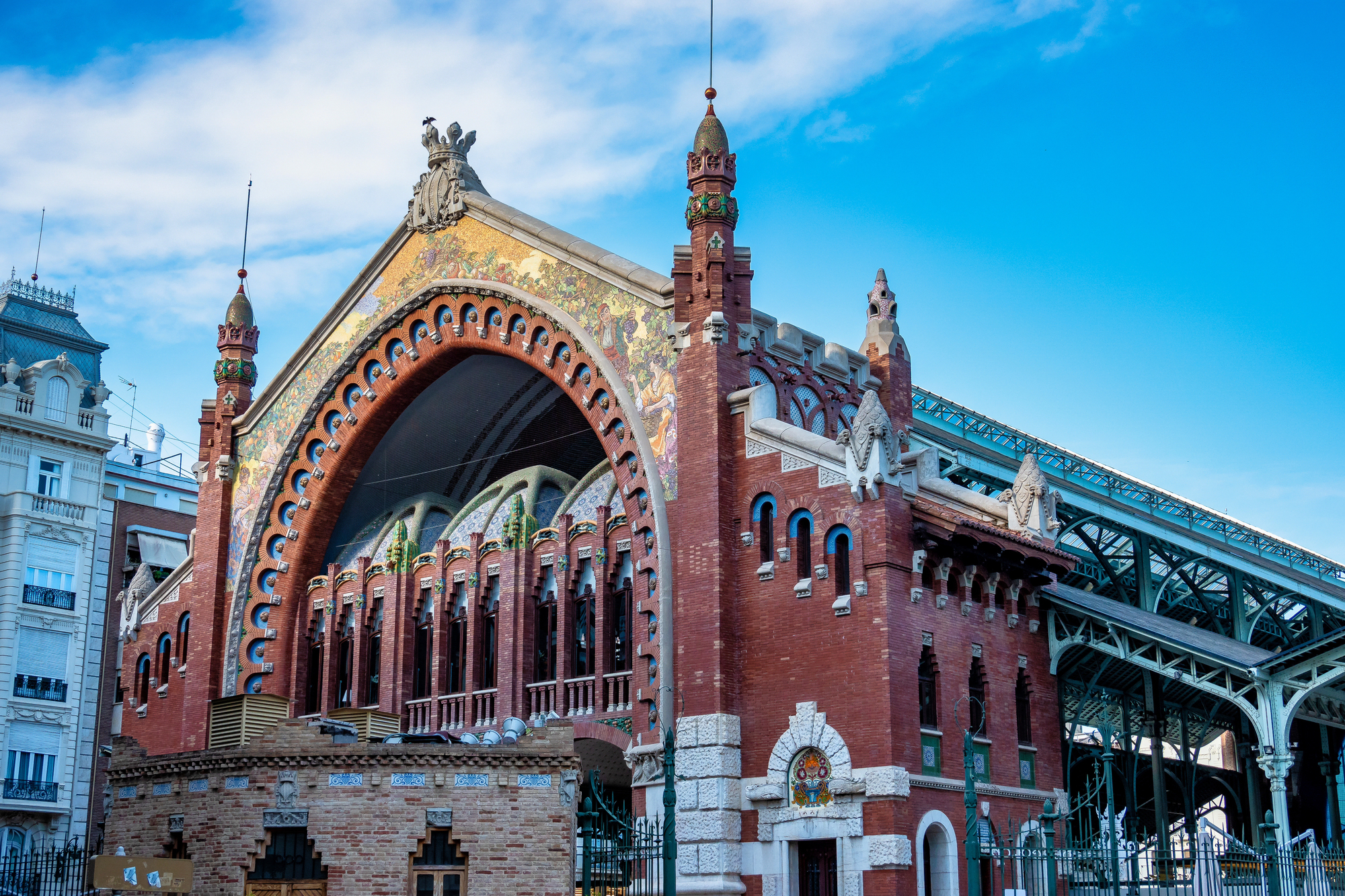
Mercado Central showcases Mexico City’s incredible regional diversity, bringing together ingredients and dishes from every corner of the country under one massive roof. The market’s food courts serve everything from Oaxacan mole to Yucatecan cochinita pibil, making it possible to taste all of Mexico without leaving the capital.
This market captures Mexico City’s role as the country’s cultural center, where traditions from different regions meet and create something entirely new.
Khan el-Khalili, Cairo
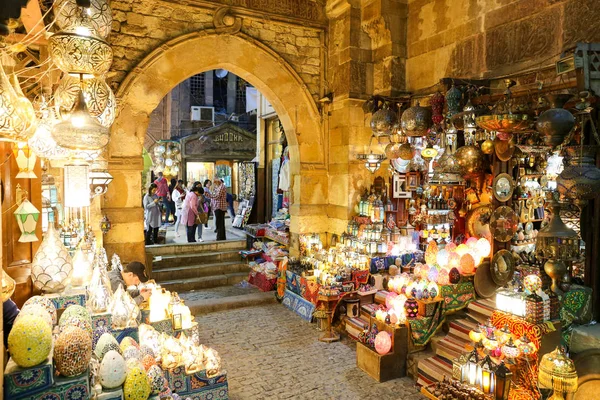
Khan el-Khalili has served as Cairo’s commercial heart for over 600 years, where the aroma of spices and fresh bread mingles with the sounds of haggling and socializing. The market’s narrow alleys and ancient architecture create an atmosphere that transports visitors back centuries, while local families continue their daily shopping routines just as their ancestors did.
This market represents Cairo’s continuity, a city where the past and present coexist in ways that seem impossible anywhere else.
Like Travel Pug’s content? Follow us on MSN.
Marché des Enfants Rouges, Paris

Marché des Enfants Rouges, Paris’s oldest covered market, operates in the Marais district like a neighborhood secret that locals are happy to share with visitors who stumble upon it. The market’s small size creates an intimate atmosphere where vendors know their customers personally and lunch counters serve everything from traditional French cuisine to Moroccan tagines.
This market captures the Paris that exists beyond the tourist sites, a city of neighborhoods where good food and personal relationships matter more than anything else.
Mercado de San Miguel, Madrid

Mercado de San Miguel brings together Spain’s regional specialties under one beautiful iron and glass roof, creating a gourmet destination that showcases the country’s incredible culinary diversity. The market’s tapas bars and wine counters turn food shopping into a social experience, reflecting Madrid’s culture of spending time with friends over good food and drink.
This market embodies Madrid’s sophistication, a city that takes its food seriously while maintaining an atmosphere of warmth and celebration.
Central Market, Adelaide

Central Market serves as Adelaide’s cultural crossroads, where Greek immigrants, Italian families, and Asian communities have created a food scene that reflects South Australia’s multicultural identity. The market’s emphasis on local produce from the surrounding wine regions creates connections between the city and the fertile countryside that defines South Australia.
This market captures Adelaide’s character: unpretentious, community-focused, and deeply connected to the land that surrounds it.
Like Travel Pug’s content? Follow us on MSN.
Mercado do Bolhão, Porto

Mercado do Bolhão represents Porto’s working-class soul, where local families shop for fresh fish, produce, and flowers in a beautiful 19th-century building that has survived urban modernization. The market’s vendors often represent families who have worked here for generations, creating personal relationships with customers that go far beyond simple transactions.
This market embodies Porto’s authenticity, a city that values tradition, quality, and genuine human connections that make daily life meaningful.
Where Flavor Meets Culture
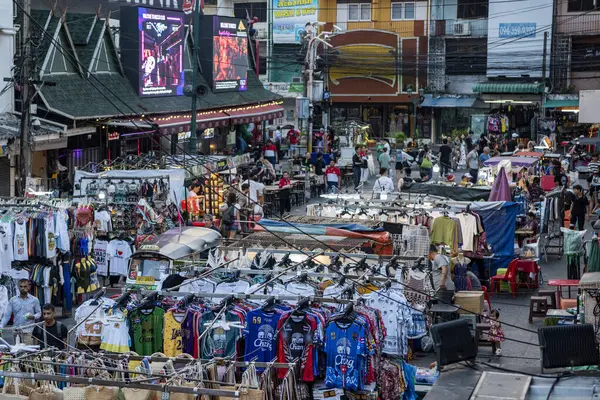
These markets demonstrate that food creates culture just as much as culture creates food, establishing gathering places that define cities in ways that no landmark or museum can. They survive because they adapt to changing times while maintaining their essential purpose, bringing communities together through shared meals and genuine human connection.
The next time you visit a new city, skip the tourist restaurants and head straight for the local market, where you’ll discover not just what people eat, but who they really are.
MMore from Travel Pug

- 20 Best Beach Towns in the Carolinas
- 13 Destinations Where Tourists Regularly Regret Their Trip
- 20 Destinations That Are More Magical Without an Itinerary
- 20 Underrated Adventures That Belong on Your Travel List
- 20 Cities Where You Should Just Wing It, No Planning Required
Like Travel Pug’s content? Follow us on MSN.
